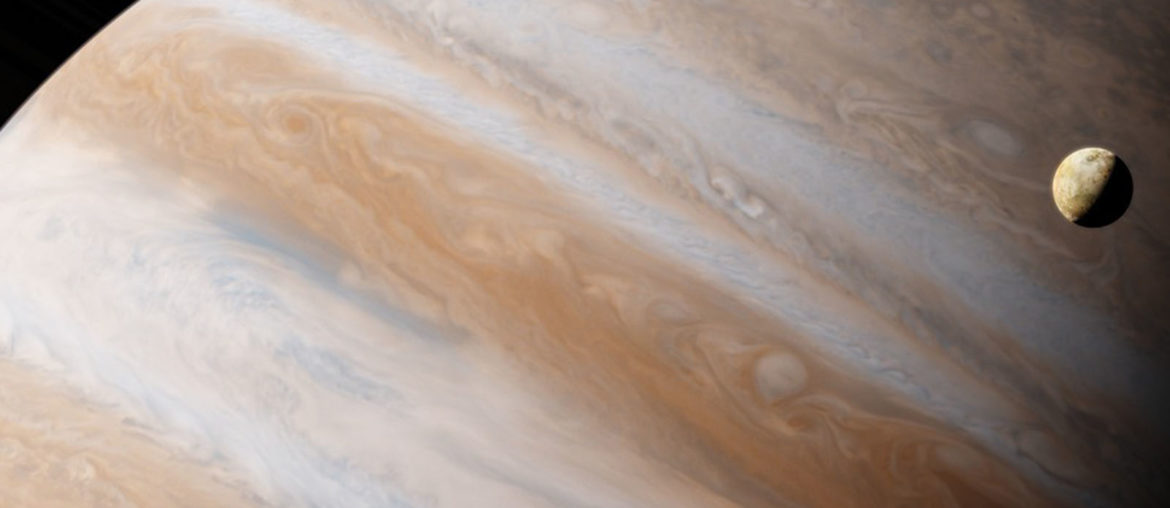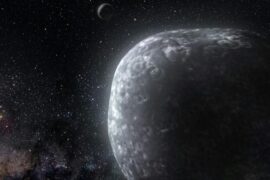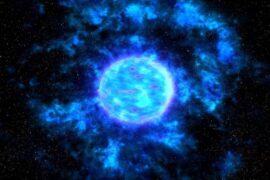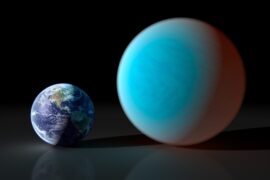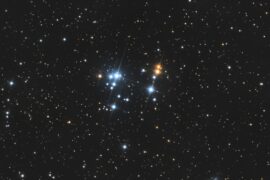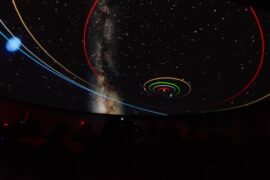For someone that is not familiar with the night sky, it can be counterintuitive to think of planets as objects that can be commonly observed from Earth without help from telescopes or binoculars. We tend to think of planets as bright-less chunks of rock and gas orbiting the Sun while stars are the shiny objects. It might surprise then to find out there are some planets that can be easily seen from Earth almost every night and in some cases even during the day.
There are six planets that are visible from Earth with the naked eye. These are Mercury, Venus, Mars, Jupiter, and Saturn. For a long time, ancient astronomers believed these planets were stars. The Latin word Greeks used to name them was planetae, which means “wanderer”, and for the longest time they were puzzled as to why they moved differently from the stars and they believed those planets were the only ones in our Solar System.
It is unclear at what point in history exactly astronomers realized planets were not stars, but in the 2nd century, the astronomer and mathematician Ptolemy proposed a model of a geocentric system that had Earth at the center and the planets and Sun orbiting around it. While he was wrong about putting Earth at the center, it had the right idea about the movement of the planets.
Why are planets bright in the night sky?
Planets do not produce their own light. They are mostly made of rock, metals, and gases. On the other hand, stars like our Sun are constantly producing energy and light thanks to the nuclear reactions that happen in their cores.
Because of this, objects like planets can only be seen by reflecting the light that comes from the Sun. This is the exact same process why the Moon is so bright at night and seems shiny even though it doesn’t produce any light of its own.
This means planets closer to the Sun are easier to see as they reflect more sunlight
Bright Planets. Planets That Can Be Observed With the Naked Eye
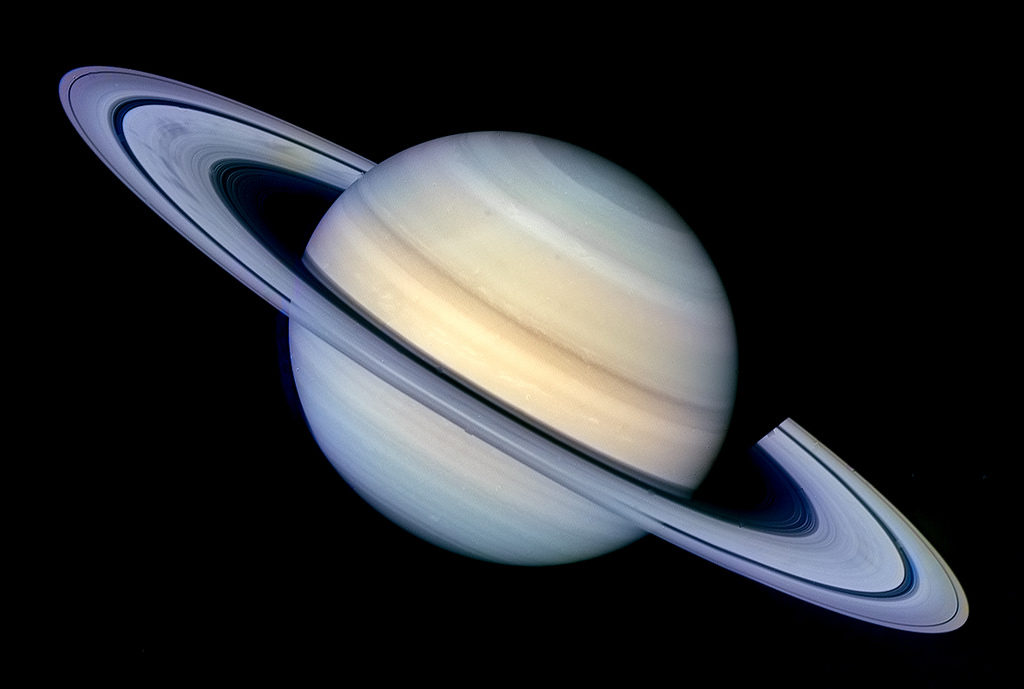
Knowing why planets appear bright in the night sky, it is not hard to see why the planets that can be seen from Earth are those closest to the Sun and closer to us.
Five planets can be seen from Earth without help from telescopes. Most of these can be seen all throughout the year although usually, not all of them at the same time as their orbits can sometimes take them behind the Sun, blocking the visibility, or too far away from Earth. Because they can be observed so easily if you know what you are looking for, sometimes they are referred to as bright planets.
These bright planets, in order from closeness to the Sun, are:
- Mercury
- Venus
- Mars
- Jupiter
- Saturn
Venus and Mars are easy to understand as they are our neighbors and close to the Sun. Venus is the planet closest to us and the third brightest celestial object in the sky, only after the Sun and the Moon. It was the planet that was believed to be a star the longest, and in fact, because its orbit is inside Earth’s orbit, it was thought to be two different stars as it is sometimes visible right after the Sun sets and other times right before the Sun rises. This is why Venus, even today, is referred to as The Morning Star or The Evening Star.
In the cases of Saturn and Jupiter, even though they are very far away, their size helps a lot in allowing them to be visible from Earth. Saturn is about 9 times the size of Earth and Jupiter about 11.2 times.
Under super rare conditions, Uranus can also be spotted without instruments, but it needs near perfect conditions of clear skies, zero light pollution and when it is at the perigee (the point where the orbits are the closest).
Planets and dwarf planets that can be observed with regular telescopes
The outermost planets in the Solar System, Uranus and Neptune can be seen from Earth, but only with the aid of visual instruments. This is why both of them were only discovered after the invention of the telescope.
The dwarf planet Pluto, classified as the ninth planet until 2006 can also be observed, but with an amateur-grade telescope, it is hard to distinguish any of its features and only looks like a greyish dot.
With the help of equipment like telescopes or even binoculars and telelenses, you can also recognize some of the features of the outer planets like Jupiter and Saturn, for example, you can distinguish Saturn’s rings which are a particularly cool sight to see.
Ceres, another dwarf planet the size of Texas that is located between the orbits of Mars and Jupiter, can also bee seen using a home telescope but it can be difficult to pinpoint its location.
Dwarf planets that can only be seen using professional equipment

Five bodies have been classified as dwarf planets since the International Astronomical Union created the classification in 2006. These are, in order of closeness to the Sun: Ceres, Pluto, Haumea, Makemake, and Eris.
Haumea, Makemake, and Eris were just discovered after the year 2000 and they all required modern astronomical imaging techniques and powerful telescopes to be located. You will not have much luck trying to find them using a hobbyist telescope, even a powerful one.
Is it possible to view exoplanets from Earth?
Exoplanets are planets in far away star systems outside our Solar System. At the time of writing this article, about 4,000 exoplanets have been discovered and confirmed, but those only account for the ones we have been able to detect. The total number of planets just in our galaxy could be in the billions.
The process for locating these exoplanets in very different from detecting an object in our solar system as they are too far away from Earth to reflect any significant amount of light, so instead of measuring that, scientists detect them by measuring the shadow they create when they pass through the star they are orbiting. This process is mostly done using advanced image processing techniques and analyzing computer data, it’s not really done observing through a telescope, so, to answer the original question, you could say that no, planets outside the solar system cannot be seen using traditional visual instruments.
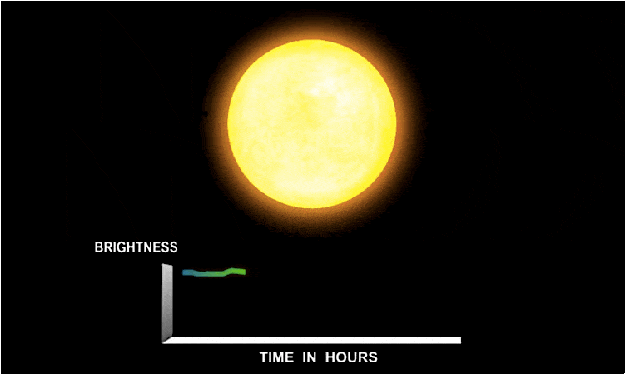
Another issue when trying to look for exoplanets is that planets that the light that could be reflected by planets that are too close to their stars fades under the glare of the star. On top of that, our own atmosphere gets in the ways and distorts the already weak light that could reach telescopes on Earth, making it even harder to get a precise image we could analyze.
A modern technique that observatories have started to use, makes use of deformed mirrors to de-blur the images and get a better look at other star systems. This has allowed astronomers to get the first photograph of an exoplanet named Beta Pic B. Hopefully, in the future, this technique will allow us to get even more information on exoplanets.
Measuring the brightness of planets in the solar system
An easy way to know how easy it is to view an object from Earth is to know how bright it looks like to us. Thankfully, scientists have created a scale that tells us exactly this and it is called magnitude. The magnitude is unitless and is usually referred to by the letter M or Vo. The scale can be a bit hard to understand as it goes from negative numbers to positive. Objects with a negative magnitude are brighter than objects with a positive one, so for example, Venus with a magnitude of -5 is way brighter than Neptune with a magnitude of 8. There are two measures of magnitude, Apparent magnitude and Absolute magnitude, but for practical purposes of this article, we will only deal with Apparent magnitude.
Here’s the list with the magnitudes for each planet and dwarf planet in the Solar System. We have also added some other objects like the Moon for reference.
| Object | Apparent Magnitude (brightness) |
| Sun | -27 |
| Full Moon | -13 |
| International Space Station | -6 |
| Venus | -5 |
| Mars | -3 |
| Jupiter | -3 |
| Mercury | -2 |
| Saturn | 0 |
| Polaris | 2 |
| Uranus | 5 |
| Ceres | 7 |
| Neptune | 8 |
| Pluto | 14 |
| Makemake | 17 |
| Haumea | 17.3 |
| Eris | 18.7 |
Conclusion
We hope this article has helped you look at the sky and find all the planets that are there for you to see. Let us know in the comments if you found them and what your experience was in doing so.
Enjoyed this article?
Get daily 10-minute PDFs about astronomy to read before bed!
Sign up for our upcoming micro-learning service where you will learn something new about space and beyond every day while winding down.

